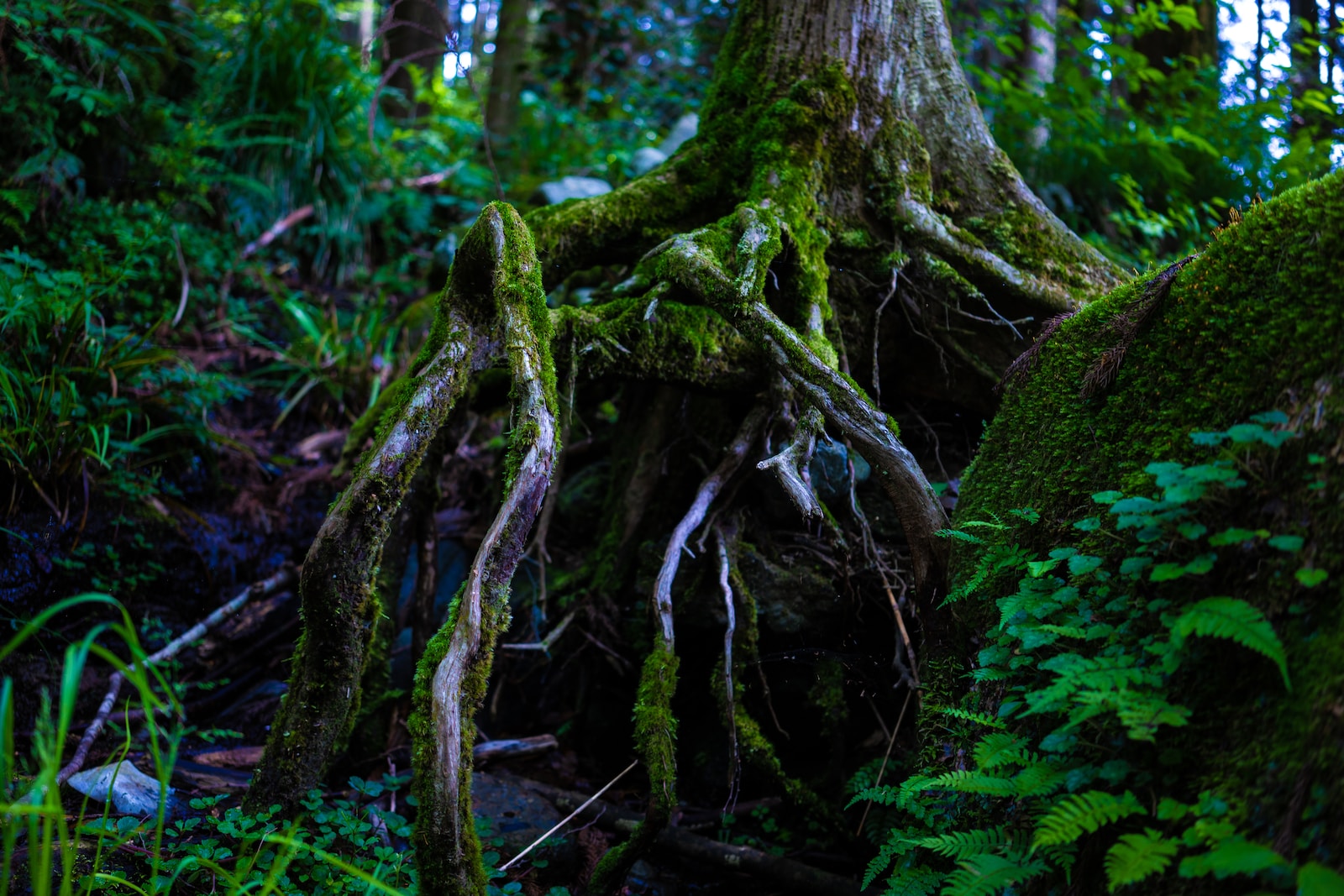- Equatorial rainforests are a type of biome found near the equator, characterized by high rainfall and temperatures.
- These biomes are important because they are home to a diverse range of flora and fauna, and they play a crucial role in regulating the Earth’s climate.
Location:

- Equatorial rainforests are located near the equator, between the Tropic of Cancer and the Tropic of Capricorn.
- Equatorial rainforests are located within a narrow band around the equator, between 10 degrees north and south of the equator.
- They are found in Central and South America, Africa, and Southeast Asia.
- Equatorial rainforests are located near the equator, between the Tropic of Cancer and the Tropic of Capricorn.
- In Africa, we have the Congo rainforest
Climate:

- Equatorial rainforests have high levels of rainfall, typically between 2500 and 4000 mm per year.
- The rainfall is evenly distributed throughout the year, with no distinct dry season.
- Humidity is also high, typically between 77% and 88%.
- Temperatures in equatorial rainforests are high, with an average temperature of around 27°C.
- There is little variation in temperature throughout the year, with only a few degrees difference between the hottest and coldest months.
- The tropical rainforest climate is characterized by high temperatures and high levels of precipitation throughout the year.
- The average temperature in the tropical rainforest is around 25-27°C.
- The range of temperature variation in the tropical rainforest is typically less than 5°C throughout the year.
- The amount of rainfall in the tropical rainforest averages between 2,000 and 10,000 mm per year.
- The tropical rainforest climate is very humid, with relative humidity levels generally above 80%.
- The intense heat and humidity of the tropical rainforest climate support the growth of dense vegetation, including a variety of trees, shrubs, and other plants.
- The high levels of precipitation in the tropical rainforest climate create a nutrient-rich environment that supports a diverse array of plant and animal life.
Inputs, processes, and outputs:
- Equatorial rainforests are characterized by high levels of biodiversity and a complex ecosystem.
- The input of energy is provided by the sun, which fuels the growth of plants through photosynthesis.
- Nutrients are provided by the decomposition of organic matter, which is broken down by a variety of organisms such as fungi and bacteria.
- The dense vegetation of the rainforest provides cover for a wide range of animals, from insects and birds to large mammals like monkeys and jaguars.
- The canopy of the rainforest also helps to regulate the Earth’s climate by absorbing and storing carbon dioxide.
Adaptation of vegetation and animals:

- The vegetation in equatorial rainforests has adapted to the high levels of rainfall and competition for sunlight.
- Trees in the rainforest have tall, straight trunks with few branches, allowing them to grow tall and access sunlight.
- Many plants have large leaves to absorb as much sunlight as possible.
- Animals in the rainforest have also adapted to the dense vegetation, with many species living in the canopy.
- Some animals have evolved camouflage to help them blend in with their surroundings, while others have developed unique features such as prehensile tails to help them navigate the forest canopy.
- Adaptation of Vegetation:
- Drip Tips: Many plant species have leaves with pointed tips that allow rainwater to run off quickly, reducing the risk of fungal infections.
- Buttresses and Prop Roots: These structural adaptations provide additional support to tall trees with shallow roots, helping them withstand high winds and flooding.
- Epiphytes: These plants grow on other plants without causing harm and compete for sunlight in the canopy layer.
- Lianas: Woody vines that climb trees to reach sunlight in the canopy layer.
- Shallow Roots: The topsoil in rainforests is thin and nutrient-poor, so many plant species have adapted to grow shallow roots that can take advantage of organic matter at the soil surface.
- Adaptation of Animals:
- Camouflage: Many animals, including insects, reptiles, and mammals, have evolved colouration or patterns that blend in with the forest floor or canopy.
- Arboreal Lifestyles: Many animals, such as primates and sloths, spend most of their time in the canopy layer of the rainforest, where they are safe from predators and have access to abundant food sources.
- Nocturnal Behavior: Many rainforest animals, such as bats and some primates, are active at night when competition for resources is lower and predation risk is reduced.
- Symbiosis: Many animals in the rainforest, such as ants and birds, have developed mutually beneficial relationships with other species, allowing them to survive in the challenging environment.
- Specialized Diets: Some animals, such as toucans and macaws, have specialized beaks that allow them to feed on hard seeds or fruits that other animals cannot eat.




